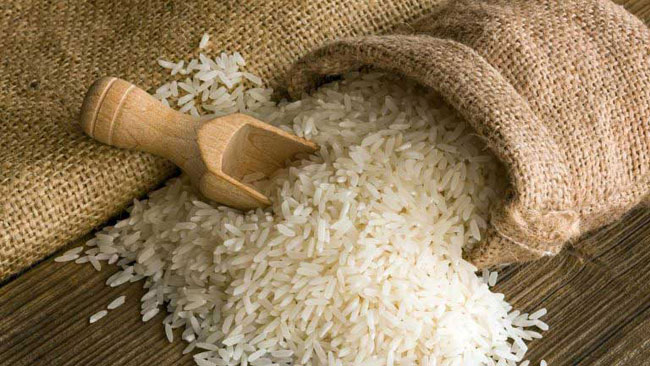Red rice is no longer available in many Sri Lankan supermarkets due to price regulations that were tightly enforced by the Consumer Affairs Authority since import restrictions decreased the supply of other types.
Due to import taxes and licensing, Sri Lanka’s rice prices are higher than those of other countries; nonetheless, supply runs short in December and January before the big crop in February.
To keep rice prices low, Sri Lanka typically lowers import taxes and permits imports, particularly in January.
Although imports were permitted this year, the tax was not eliminated, which kept prices high. Authorities also charged millers with stockpiling rice, despite their protection from import charges.
In addition, certain types of rice were subject to price regulations.
One vendor claimed that red raw rice was no longer accessible. “Even I was unable to obtain white rice.”
A shortage (or alleged hoarding) just raises the market clearing price, which causes customers to change their consumption patterns and substitute other foods, like bread, for some meals.
However, price limits typically increase demand while decreasing supply. Black marketplaces are also produced by them.
“Keeri samba raw rice was available until a few days ago, but now it’s also disappearing quickly because regular red rice isn’t available,” stated another store owner.
Standard red rice costs 210 rupees per kilogram, while Keeri Samba raw rice, a smaller premium kind, costs 260 rupees.
According to another shopkeeper, selling red rice is too nerve-racking, even if wholesalers sell it for around 260 rupees. He brought some earlier in response to client requests.
“The Consumer Authority will seize it and fine me if I sell from the back,” he stated.
I don’t want to bring any, then.
According to him, some people continued to purchase regular red rice instead of keeri samba raw rice.
He declared, “Those who eat keeri samba eat keeri samba, and those who eat red rice eat red rice.”
Customers are more irate when products are taken off the shelves because of price constraints than they would be if prices were only raised.
One customer complained, “I wanted to take some raw rice today.” “I load up the rest of my stuff onto a three-wheeler. I might have to come again now.
Raw rice is a key component of milk rice on January 1st in Sri Lanka.
In 2021, Sri Lanka’s former rulers enacted a flurry of price controls on various items, although they later backed off when serious shortages of staple foods appeared. In the end, the administration was forced out of power.
Price limits on sugar and dhall are lifted by the Sri Lanka shortage agency.
Sri Lanka similarly imposed price controls and destroyed a significant portion of the SME layer farms when egg prices rose.





